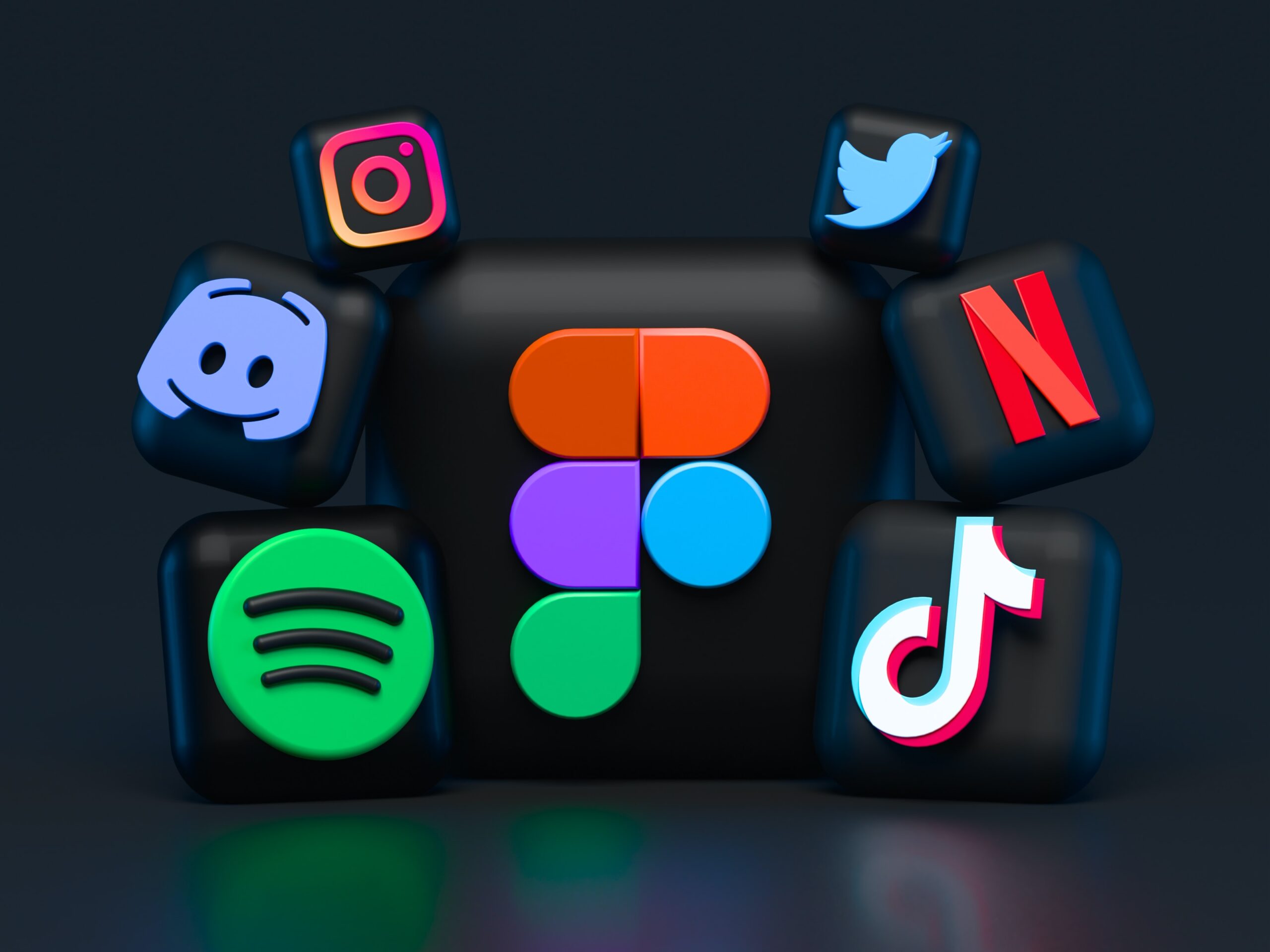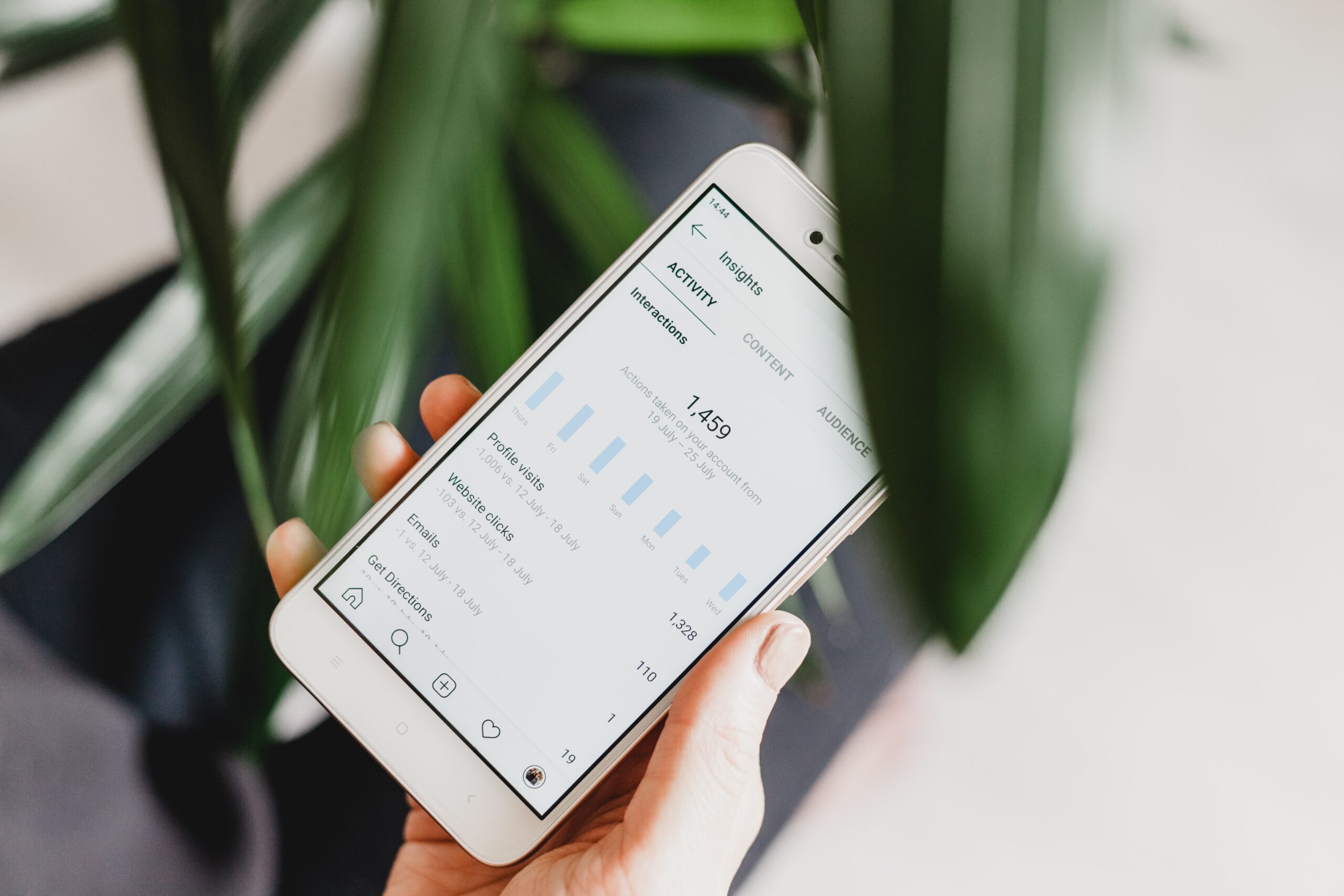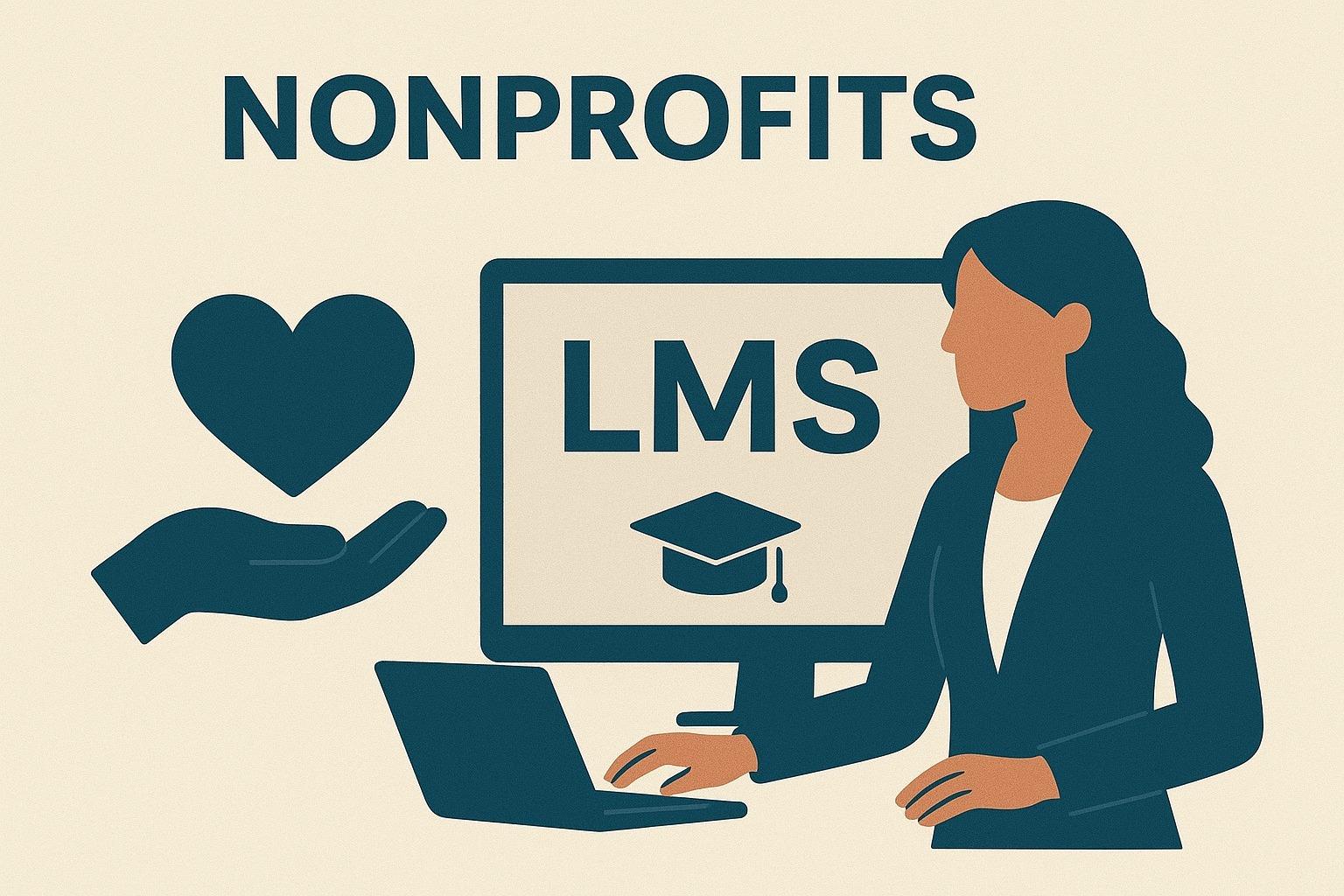Unlocking the Power of Webinars for Lead Generation
Are you struggling to generate leads and grow your business? What if we told you that webinars for lead generation could unlock a world of opportunities? That's right! With the right strategy and execution, webinars for lead generation have the potential to attract high-quality leads, nurture relationships, and ultimately convert prospects into loyal customers.
In this blog post, we'll guide you through the entire process, from mastering the art of webinar lead generation to nurturing those precious leads post-event. So buckle up and get ready to supercharge your lead generation game!
Mastering the Art of Webinar Lead Generation

Webinars are an incredibly powerful tool for lead generation, thanks to their ability to engage and educate audiences on a wide range of topics. However, to truly harness the potential of webinars, it's crucial to have a well-planned strategy in place that covers all the essential elements, such as identifying your target audience, selecting engaging topics, and choosing the right format.
But the journey doesn't end there. To generate leads through webinars, you'll not only need to create a high-converting landing page, but also optimize it for conversion. Plus, promoting your webinar effectively is vital to ensure it reaches the right audience, while post-event lead nurturing is key to turning attendees into customers. To make your page even more engaging, consider using an AI PPT generator to design dynamic slide previews or teaser decks. This not only adds a professional touch but also gives potential attendees a glimpse of the value-packed content they’ll experience during the webinar. You can outsource landing page works to a digital marketing agency or freelancers.
In the following sections, we'll dive deeper into each of these aspects, ensuring you have a comprehensive webinar strategy for lead generation.
Identifying Your Target Audience
One of the first steps in crafting a successful webinar strategy is understanding your target audience. Creating an accurate buyer persona is essential for this purpose, as it helps you get a clear picture of your potential customers' needs, pain points, and desired outcomes. By knowing who you're speaking to, you can tailor your webinar content to resonate with your audience and guide them through the sales funnel.
Collecting information on the registration page is another crucial aspect of identifying your target audience. By gathering details such as job title, department, and company size, you can gain valuable insights into the demographics and psychographics of your potential customers. This information can then be used to devise a more effective marketing strategy and drive higher quality leads to your sales team.
Selecting Engaging Webinar Topics
Choosing the right topics for your webinars is an essential part of generating leads and providing value to your target audience. It's important to focus on topics that are relevant to your industry and address your audience's pain points, interests, and challenges. By positioning your brand as a solution provider, you can pique the interest of potential customers and guide them towards your sales funnel.
When exploring topic ideas, consider both educational webinars that provide valuable insights and product webinars that showcase your offerings. For instance, an accounting firm might host a webinar on the latest tax changes to draw in new clients, while a tech company could offer a product demo to showcase their latest software.
Remember, developing compelling and engaging webinar content before trying to attract attendees is crucial for turning them into sales qualified leads.
Choosing the Right Webinar Format
Now that you've identified your target audience and selected engaging topics, it's time to choose the right format for your webinar. There are several formats to consider, such as panel discussions, interviews, and workshops, each with its own advantages and disadvantages. The best format for your webinar will depend on your goals, the level of interactivity you want, and the preferences of your target audience.
Some popular webinar formats include live webinars, automated webinars, and on-demand webinars, offered by platforms like Stealthseminar.com. When choosing a format, consider factors like ease of use, level of engagement, and the purpose of the webinar. For example, an interview format might be more captivating than a panel discussion, but may also be harder to manage.
Ultimately, the right format will help you achieve your lead generation goals and provide the best experience for your audience.
Crafting a High-Converting Webinar Landing Page
A compelling and well-designed landing page is crucial for driving webinar registrations and generating leads. This dedicated webpage should provide all the necessary information about your webinar, including persuasive copy, eye-catching visuals, and a clear call-to-action (CTA) to encourage visitors to register. By focusing on these elements, you can create a landing page that not only attracts high-quality leads but also converts them into attendees.
However, crafting a high-converting landing page is just the beginning. To optimize your landing page for conversions, you'll need to implement best practices such as A/B testing, mobile responsiveness, and clear CTAs. In the following sections, we'll explore the essential elements of a successful landing page and discuss optimization strategies to boost your conversion rates and generate more leads.
Essential Elements of a Webinar Landing Page
To create a high-converting landing page, enlist a digital marketing agency for assistance. Ensure it includes several key components that will grab visitors' attention and entice them to register for your webinar. These must-haves include a catchy headline, a short overview of the content, eye-catching visuals, a registration form, a call-to-action button, the date and time of the webinar, and the presenter's name and credentials.
The headline is particularly crucial, as it's the first thing visitors will notice when landing on your page. It should be captivating, informative, and concise, allowing visitors to quickly understand what the webinar is about. The brief description should cover the main topics, advantages of attending, and any other pertinent information, while the registration form should capture essential contact details and include a CTA to encourage sign-ups.
By incorporating these elements, you'll create a landing page that effectively drives registrations and generates leads.
Optimizing for Conversion
Once you've crafted a compelling landing page, it's time to focus on optimizing it for conversions. A few ways to do this include A/B testing different elements of your page, ensuring your page is mobile-responsive, and using clear and persuasive CTAs. By implementing these best practices, you can increase your conversion rates and generate more high-quality leads for your sales team.
Another critical aspect of optimization is personalization. By using personalized language and addressing the unique needs and concerns of your target audience, you can create a more engaging and effective landing page. This can be achieved by using buyer persona insights to craft targeted messaging and offers that resonate with your potential customers.
With a well-optimized landing page, you'll be on your way to attracting and converting more high-quality leads for your webinars.
Promoting Your Webinar Effectively
Now that you have a high-converting landing page and an engaging webinar planned, it's time to promote your event to reach your target audience and boost registrations. There are several promotional tactics and channels at your disposal, including email marketing, social media platforms, and partnering with industry influencers or using some social media automation tools. By leveraging these channels, you can expand your reach and increase the likelihood of attracting high-quality leads for your webinars.
However, simply promoting your webinar isn't enough. To ensure that your leads actually show up for the event, it's essential to send out reminders and keep them engaged with relevant content before the webinar. In the following sections, we'll delve into the different promotional channels and strategies to help you effectively promote your webinar and ensure maximum attendance.
In addition to reminders and engaging content, utilizing event check-in software can streamline the attendance process for your webinar. With event check-in software, you can efficiently manage registrations, track attendee data, and send timely updates, further increasing the likelihood of a successful turnout for your webinar.
Leveraging Email Marketing
Email marketing is a powerful tool for promoting your webinar, as it allows you to reach your target audience directly and provide them with personalized invitations, reminders, and follow-up messages. By segmenting your email list based on demographics, interests, and past webinar attendance, you can create targeted campaigns that resonate with your audience and drive registrations.
When crafting your email campaigns, it's essential to include engaging subject lines, persuasive copy, and clear CTAs that encourage recipients to register for your event. Additionally, personalizing your emails with the recipient's name and addressing their specific needs and interests can help create a more engaging and effective campaign. In addition to crafting engaging emails, performing email list validation to clean your email lists can ensure that your emails reach your audience's inboxes and maintain a better deliverability rate.
Anchor: email list validation
With a well-planned email marketing strategy, you can effectively promote your webinar and generate interest among your target audience.
Utilizing Social Media Platforms

Social media platforms such as LinkedIn, Facebook, and Twitter can be invaluable for promoting your webinar and expanding your reach. By sharing engaging posts, visuals, and teasers about your event, you can pique the interest of potential attendees and drive them to your registration page. Additionally, engaging with your audience through comments, direct messages, and Q&A sessions on Facebook can not only enhance their webinar experience but also provide an opportunity to gain Facebook followers. This interaction helps create a sense of community and anticipation around your event, fostering lasting connections with your audience.
To maximize the effectiveness of your social media marketing, it's crucial to test different platforms and tactics to see which ones yield the best results. This may include experimenting with various post formats, such as images, videos, and live streams, as well as leveraging hashtags and influencer partnerships to expand your reach.
By utilizing social media platforms strategically, you can effectively promote your webinar and attract high-quality leads.
Partnering with Industry Influencers
Collaborating with industry influencers or complementary businesses can provide a significant boost to your webinar promotion efforts. By co-hosting or promoting your event together, you can tap into new audiences, enhance your credibility, and increase the likelihood of attracting high-quality leads. Additionally, partnering with influencers can help generate buzz around your event and position your brand as an industry leader.
When seeking potential partners, look for influencers or businesses that share a similar target audience and offer complementary products or services. This can help ensure that your collaboration is mutually beneficial and that both parties can leverage each other's networks and expertise to drive registrations and grow their businesses.
By partnering with industry influencers, you can supercharge your webinar promotion efforts and reach a wider audience.
Analyzing and Scoring Webinar Leads
Once your webinar is complete, it's essential to analyze and score the leads you've generated to ensure that your sales team focuses on the most promising prospects. A webinar-specific lead scoring system can help you do this by taking into account various data points, such as attendance, chat participation, and Q&A interactions, to assess lead quality and interest.
Developing a lead scoring system can help you prioritize and nurture high-quality leads, ultimately guiding them through the sales funnel and converting them into customers. In the following sections, we'll explore various engagement metrics and strategies for segmenting and prioritizing leads to ensure that your sales team focuses on the most promising opportunities.
Evaluating Attendee Engagement
To assess lead quality and interest, it's important to examine various engagement metrics, such as webinar attendance, chat participation, and Q&A interactions. These metrics can provide valuable insights into how engaged your attendees were during the event and help you determine which leads are most likely to convert into customers.
Analyzing these metrics can also help you identify areas for improvement in your webinar strategy, such as increasing interactivity or refining your content to better address your audience's needs. By closely monitoring and evaluating attendee engagement, you can optimize your lead generation efforts and ensure that your webinars continue to drive high-quality leads for your business.
Segmenting and Prioritizing Leads
Once you've evaluated attendee engagement, it's time to segment and prioritize your leads based on their level of interest and potential as a customer. By doing so, you can ensure that your sales team focuses on the most promising prospects and nurtures them effectively. Strategies for segmenting and prioritizing leads include enabling self-segmentation, grouping leads based on their level of interest and engagement, and ranking leads according to their potential as a customer.
By segmenting your leads and prioritizing them based on their engagement levels and potential value, including those interested in a real estate drip campaign, you can create targeted follow-up campaigns that effectively address their needs and concerns. This can ultimately help you nurture your leads more effectively, guiding them through the sales funnel and converting them into loyal customers.
Nurturing Webinar Leads Post-Event
The work doesn't end once your webinar is over. In fact, post-webinar lead nurturing is a crucial part of the lead generation process, as it helps maintain momentum, build relationships, and ultimately convert attendees into customers. By engaging with your leads after the event and providing them with relevant resources and offers, you can reinforce the value of your brand and keep them interested in your products or services.
In the following sections, we'll delve into various post-webinar lead nurturing tactics, including offering on-demand viewing and crafting effective follow-up campaigns. By implementing these strategies, you can ensure that your leads continue to engage with your brand after the event and ultimately convert into loyal customers.
Offering On-Demand Viewing
Providing on-demand access to your webinar content is a great way to continue generating leads even after the live event has ended. By making your webinar available for viewing at any time, you can accommodate attendees who may have missed the live event or want to revisit the content at their leisure.
Additionally, offering on-demand viewing can help you attract new leads who may not have been aware of the event when it took place. By promoting your on-demand webinar through your website, email campaigns, and social media platforms, you can continue to generate interest and drive registrations long after the live event has concluded.
Crafting Effective Follow-Up Campaigns
Following up with your webinar attendees is essential for maintaining engagement and nurturing leads post-event. Personalized follow-up campaigns can help you address attendees' needs, answer their questions, and present them with relevant offers or resources that align with their interests.
To craft effective follow-up campaigns, start by segmenting your leads based on their level of engagement during the webinar and their expressed interests. Then create targeted email campaigns that address their specific needs and concerns, while also providing them with valuable resources and offers. By doing so, you can build lasting relationships with your leads and guide them towards making a purchase decision.
Summary
In conclusion, webinars offer a powerful and versatile solution for generating high-quality leads and driving business growth. By mastering the art of webinar lead generation, crafting compelling landing pages, promoting your event effectively, and nurturing leads post-event, you can unlock the full potential of webinars and supercharge your lead generation efforts. So, what are you waiting for? It's time to embrace the power of webinars and watch your business soar to new heights!
Frequently Asked Questions
Are webinars good for lead generation?
Webinars are great for lead generation. With 53% of marketers reporting that webinars generate the most high-quality leads, it's clear that they are a great tool for connecting with and converting potential customers.
So, if you're looking to boost your lead generation efforts, webinars are definitely worth exploring.
How do webinars generate leads?
Webinars are a great way to generate leads. You can do this by targeting the right audience, creating a strong landing page, optimizing your SEO, presenting a clear value proposition, making the webinar available on-demand, and bringing in additional help.
With these strategies in place, you can start driving leads with your webinars.
Which activities will help with lead generation?
Lead generation activities like blogging, creating gated content on WordPress, leveraging online webinars and events, optimizing websites for search engines, engaging in social media outreach, building relationships with customers and using email marketing can be very effective in generating leads.
These activities can help to create a steady stream of leads that can be nurtured and converted into customers. By focusing on the right activities, businesses can ensure that their lead generation efforts are successful.








